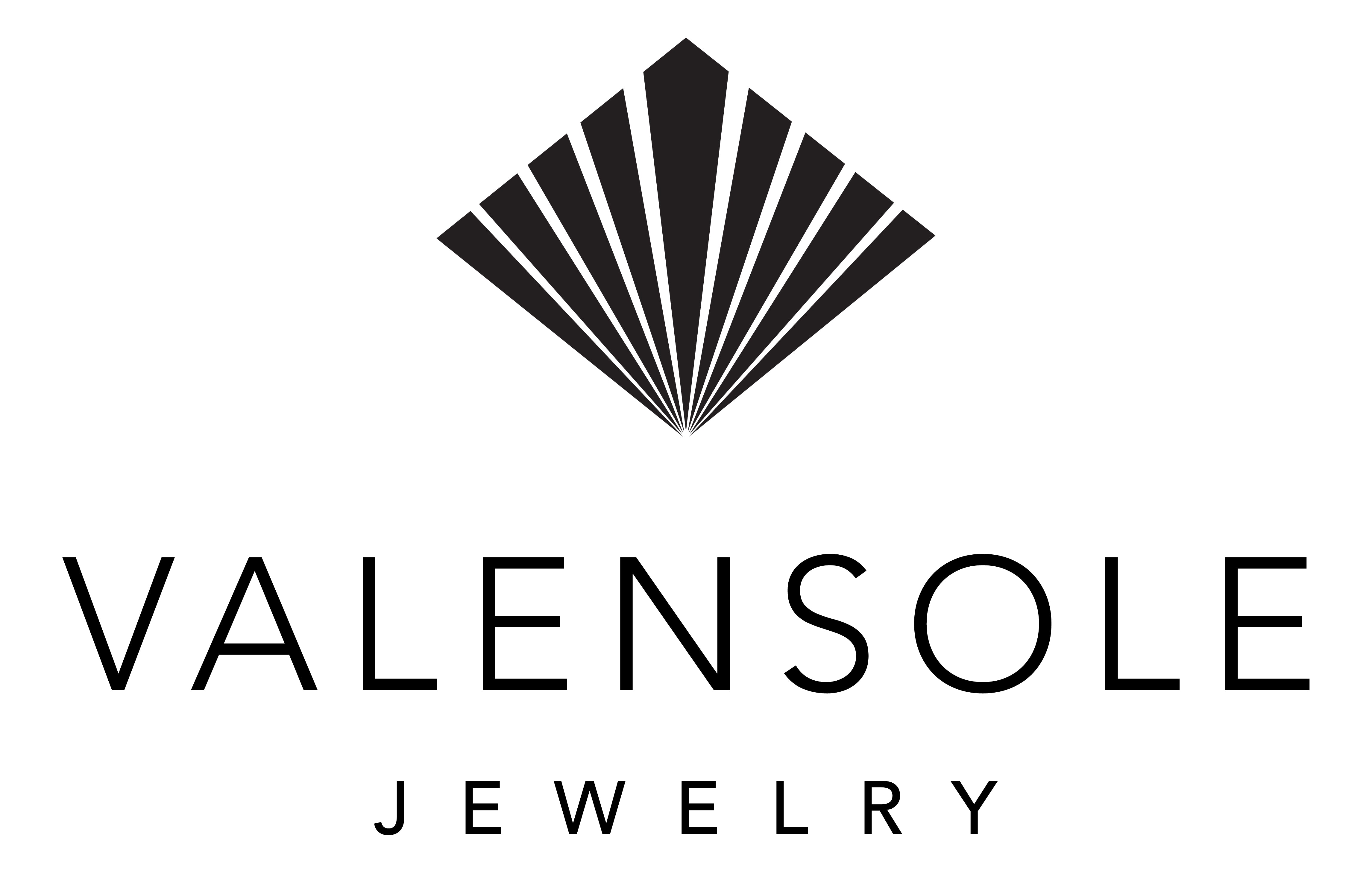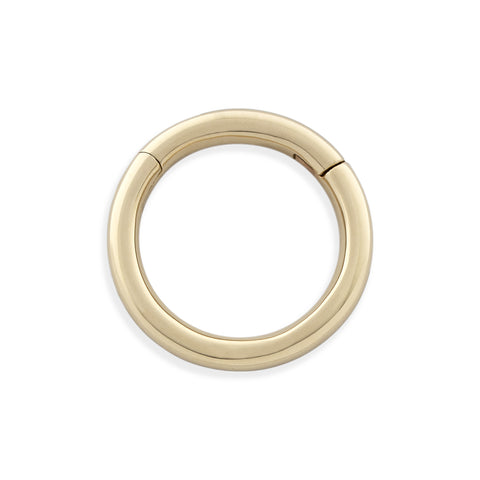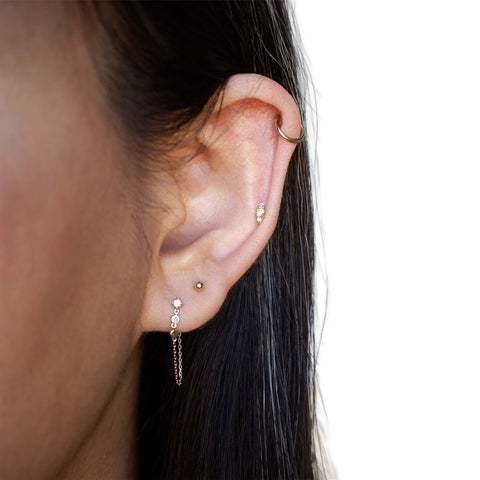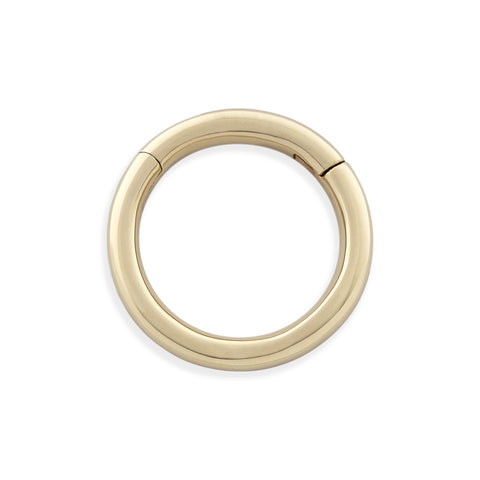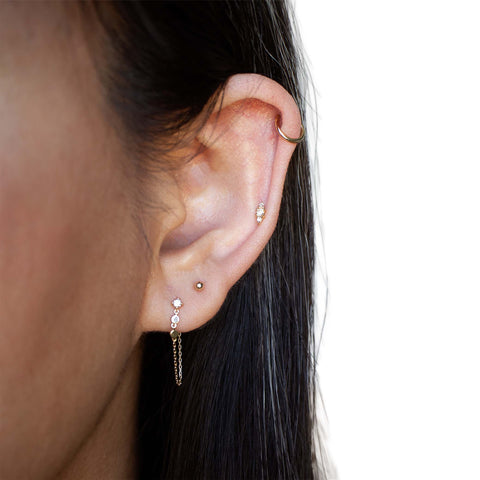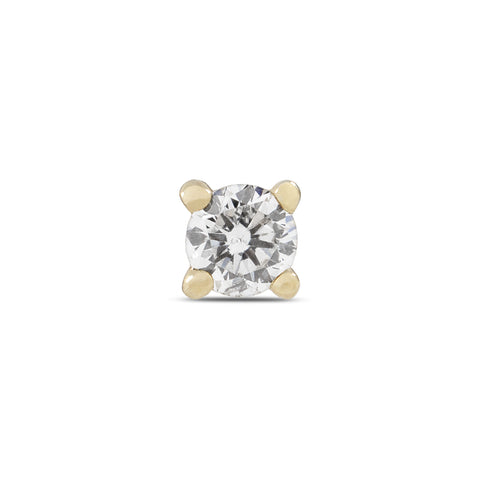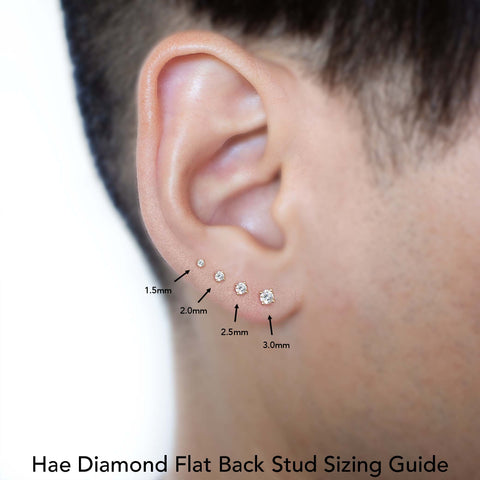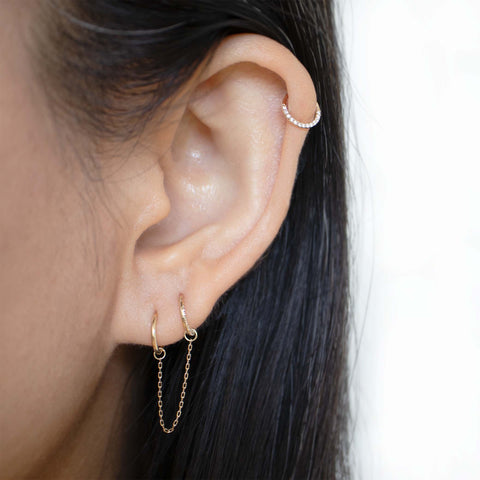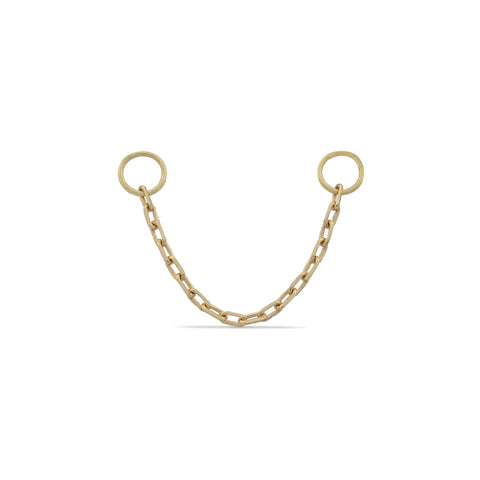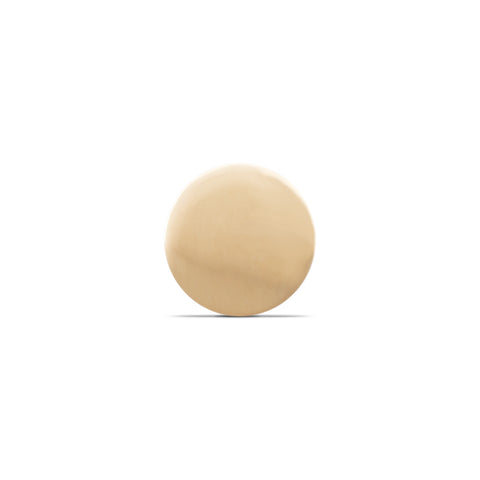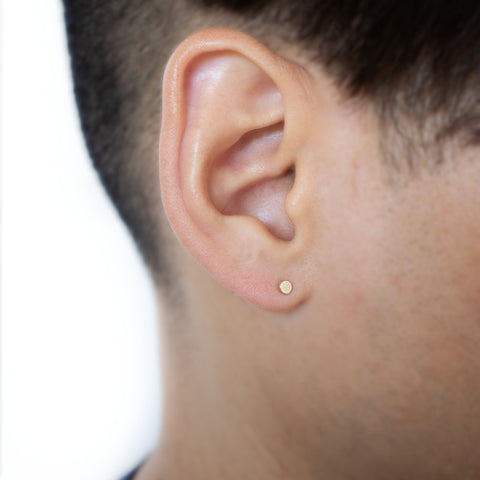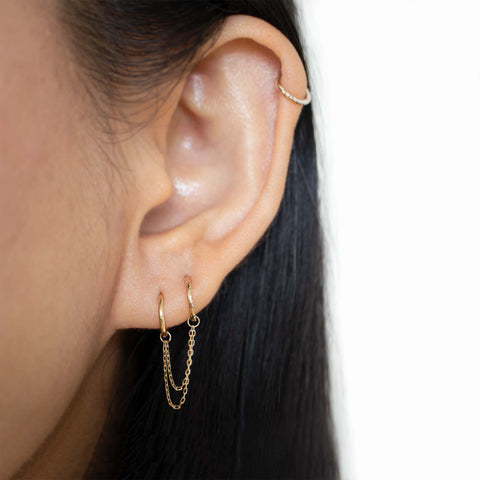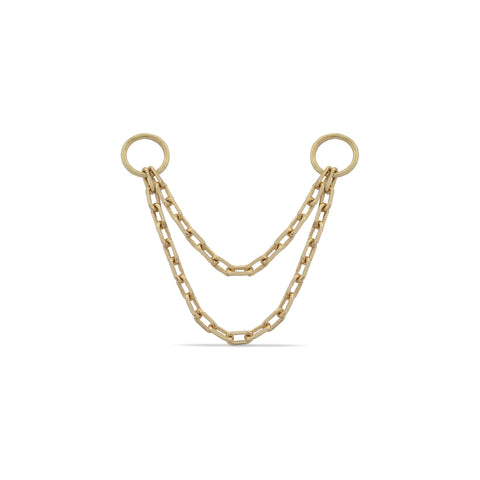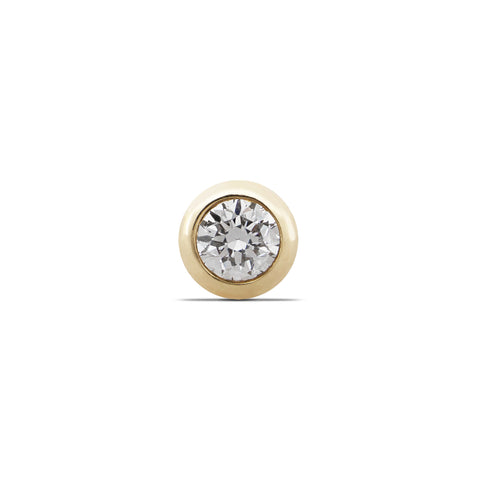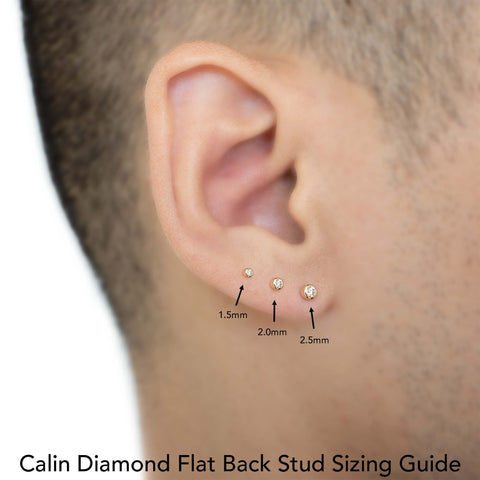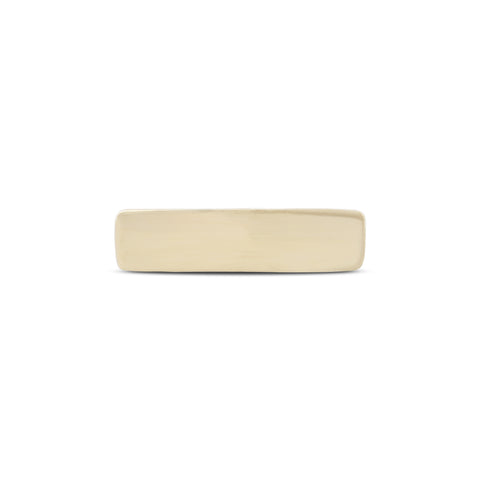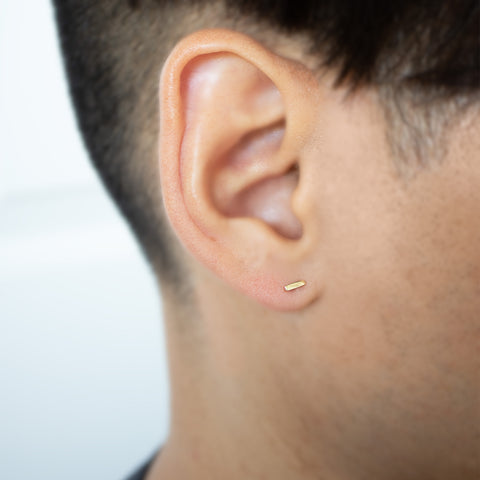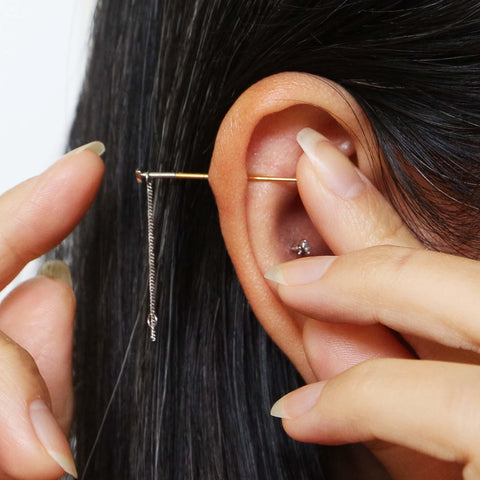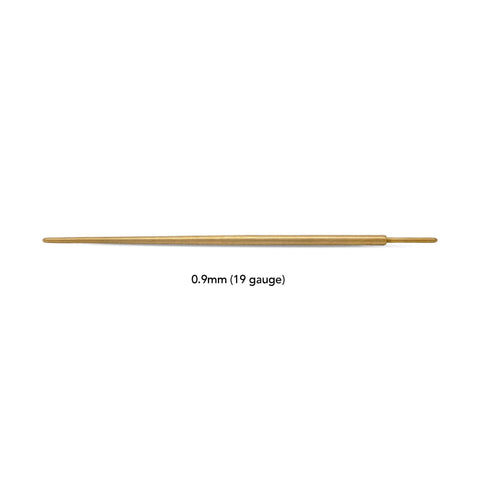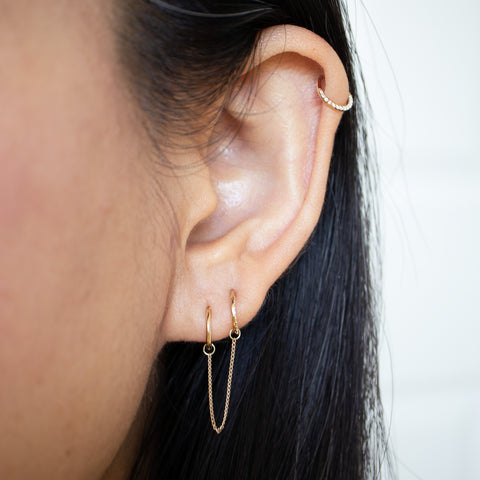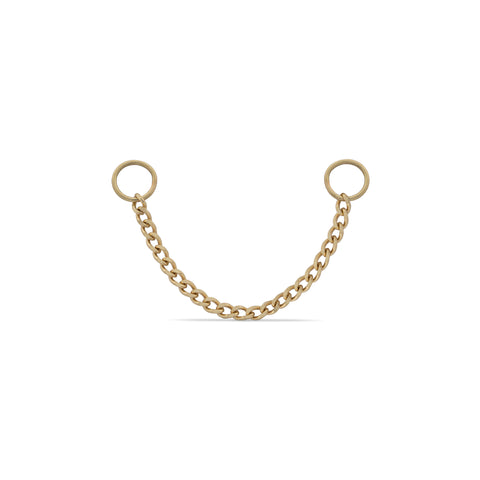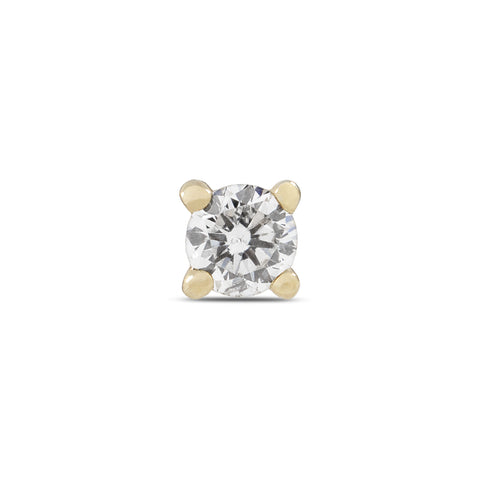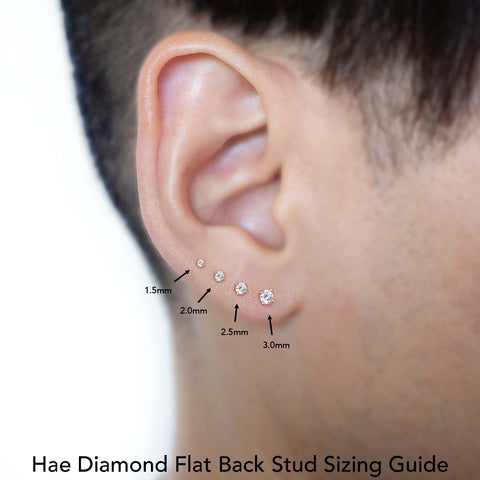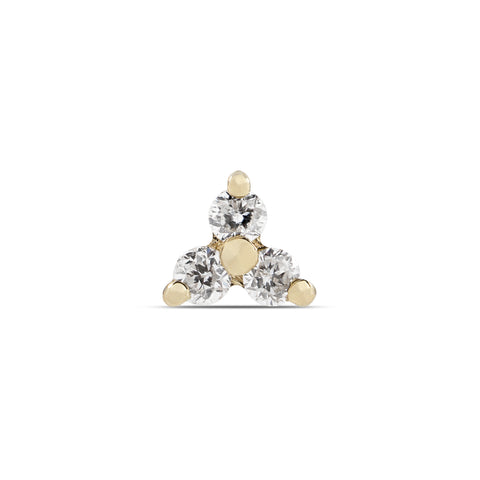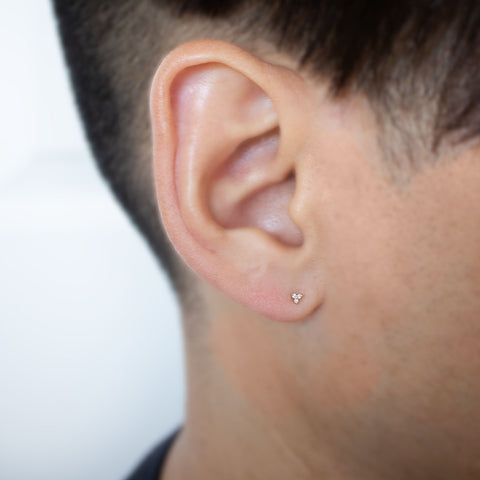Be an informed buyer. Understand and know what you are buying: Gold Plated vs. Gold Filled vs. Vermeil vs. Solid Gold
Why gold?
When we embarked on the journey to establish our jewelry brand, our foremost consideration was selecting the ideal material for crafting our jewelry pieces. We were driven by our goal to offer high-quality jewelry that is understated elegance, but remains comfortable, lower-maintenance, and most importantly, affordable. After careful research and deliberation, gold emerged as the clear frontrunner for us.
While alternatives like silver and platinum exist, silver jewelry's tendency to tarnish over time and the high cost associated with platinum made gold the perfect choice for us. Its timeless appeal and universal allure further solidified our decision. Plus, who doesn't love gold? After settling for gold, our focus shifted to determining the composition of gold and construction methods best suited to bring our vision to life.
14K? 18K? 24K? What’s the difference?
Gold jewelry comes in various purity levels, with 24K gold presenting 100% pure gold without any other metals mixed in. In the world of gold, there is no higher measurement in purity than 24K. The "K" in 24K stands for karat, referring to the fineness of gold. One K represents 1/24th pure gold in an alloy (mixture of metals), a tradition dating back to ancient Roman times when a silver coin was valued at 1/24th of a gold coin. Enough with the history lesson. Also, don’t get karat confused with carat, which is a unit of weight used to measure the size of gemstones like diamonds.
You’ll rarely find 24K gold products beside gold coins or bars. This is because pure 24K gold is expensive, too soft, and not durable enough to be used in everyday jewelry. Hence, other metals are mixed with pure gold to give rigidity, durability, and strength. Other metals typically include silver, copper, and zinc, and on occasion can also include nickel. Depending on the amount of nickel included in the mix, it may compromise the hypoallergenic properties of the jewelry.
Now, let's dive into the popular alternatives: 18K and 14K gold. 18K gold refers to a mixture of metals, aka alloy, that contains 75% (=18K/24K) gold and 25% other metals. It is less expensive than 24K gold, because it contains 25% less gold, but is more durable due to the inclusion of other metals. However, it is more expensive and softer than 14K gold, which also makes it a less than ideal option for jewelry pieces that are worn daily and for an active lifestyle. The additional gold content does mean slightly more yellow hue compared to 14K jewelry.
On the other hand, 14K gold contains 58.3% (=14K/24K) gold and 41.7% other metals. It strikes a balance between affordability and durability, making it an excellent choice for everyday jewelry. With its added strength from other metals, 14K gold pieces are more resistant to wear and year while still boasting the timeless allure of gold.
Give our commitment to crafting high-quality, durable, and accessible jewelry, we've chosen 14K gold as the cornerstone of our collection. Its blend of affordability, durability, and classic elegance perfectly aligns with our vision.
Gold plated? Gold Vermeil? Gold filled? Solid gold? WTF are all of these terms?
There are many different types of gold jewelry construction methods out in the market. You’ve probably seen plated gold, filled gold, vermeil gold, and solid gold jewelry, and have wondered what all of these choices are? They refer to the type of construction method used in creating gold jewelry pieces. Understanding these methods is crucial for consumers to make informed purchasing decisions. Let’s go through them one by one with reference to the U.S. Federal Trade Commission’s (“FTC”) 2018 revised Jewelry Guides.
Gold Plated:
There are two FTC defined gold plated jewelry – electrolytic application and mechanical application.
- Electrolytic application is when a thin layer of minimum 10K gold is applied to a base metal, usually made from brass and/or copper, but sometimes can include nickel, by submerging it into a solution containing gold particles and running electrical currents through them. This causes base metal and gold particles to bond together. How thin of a gold layer you ask? Minimum required thickness is 0.175 microns or approximately seven millionths of an inch. So, it’s very thin.
- Gold plating by mechanical application is when a minimum of 10K gold layer is applied to a base metal’s surface by using heat and high pressure like soldering, brazing, and welding. Unlike the electrolytic application, there is no required minimum thickness of gold layer, but rather minimum required weight of at least 1/40th, or 2.5%, of the total weight. Very thin still.
Jewelry pieces constructed using the gold plating method does have the luster and appearance of other gold jewelry of similar karat at first, but because the gold layer is so thin it is often quick to wear off with daily wear. Meaning, eventually you may not have any gold remaining on your jewelry. Also, if the gold layer is set at the minimum required 10K gold, it is composed of 41.7% (=10/24) gold and 58.3% other metals. Basically, gold plated jewelry contains very little gold, but because of the low gold content it is the most budget friendly out of the four we’re covering here.

Gold Vermeil:
Gold vermeil jewelry is very similar to gold plated jewelry, but with two key differences. One is that the base metal needs to be made of sterling silver, and two, coating or plating of gold needs to have a minimum thickness of 2.5 microns or approximately 100 millionths of an inch. Still a very thin layer. So, the base metal is sterling silver compared to brass and/or copper, and the gold layer is more than 14 times thicker compared to electrolytic applied gold plated jewelry. More gold coupled with sterling silver means gold vermeil jewelry will likely cost more than gold plated jewelry. It’ll also be more durable, but will still be subject to fade with wear.

Gold Filled:
Moving on to gold filled construction. The name gold filled is a bit counterintuitive since it sounds like the gold should be filled inside of the base metal, like a jelly-filled donut. Hmmm. But it’s not. Gold is actually on the outside. Gold filled jewelry is basically a mechanically applied gold plated jewelry (same minimum 10K gold layer requirement) with greater minimum required weight of at least 1/20th, or 5%, of the total weight. Meaning, gold filled jewelry is like a thicker gold layered gold plated jewelry. More gold means it’ll cost more, but it’ll also last longer than regular gold plated jewelry with a thinner plating. That being said, like gold plating and gold vermeil, gold filled jewelry will also eventually fade and possibly tarnish with daily wear.

Solid Gold:
We just have one last item to cover. Solid gold construction. Solid gold jewelry is just as it sounds. The whole piece is made of gold alloy to the core with no base metal. For example, 14K solid gold jewelry means the entire piece is 58.3% gold and 41.7% other metals, not just the thin outer layer you see with your eyes. Simple, right? Solid gold jewelry is the best quality out there. It’s great for everyday wear, won’t fade, and tarnish resistant. That’s why we decided to create all of our pieces using 14K solid gold. One thing to note, make sure to check if the solid gold jewelry you are looking to purchase is not hollowed out in the center. Meaning it's empty in the center like an Easter chocolate bunny. According to the FTC, this type of jewelry should not be described as being a “solid” gold jewelry, but instead as gold-hollow center or tubing jewelry.

In summary, be informed, ask questions, know what you’re buying, and most importantly always buy gold jewelry from a reputable retailer. We don’t necessarily think one type of construction is better or worse than the other, but rather depends on your preference, budget, and metal sensitivity.
Janice and I personally have metal sensitivity and tend to buy fewer higher quality pieces that we wear over and over for a long time. It’s also less harmful to the environment since there’s less waste.
Lastly, FTC states you should see the name, symbol, or initials, of the company that will stand behind the karat quality mark. If you don’t see a mark, FTC recommends consumers not to buy it. We completely agree, and that's why all of our jewelry pieces are hallmarked with 14K and our logo (or VAL in some cases), and we stand by the workmanship of all of our items.
